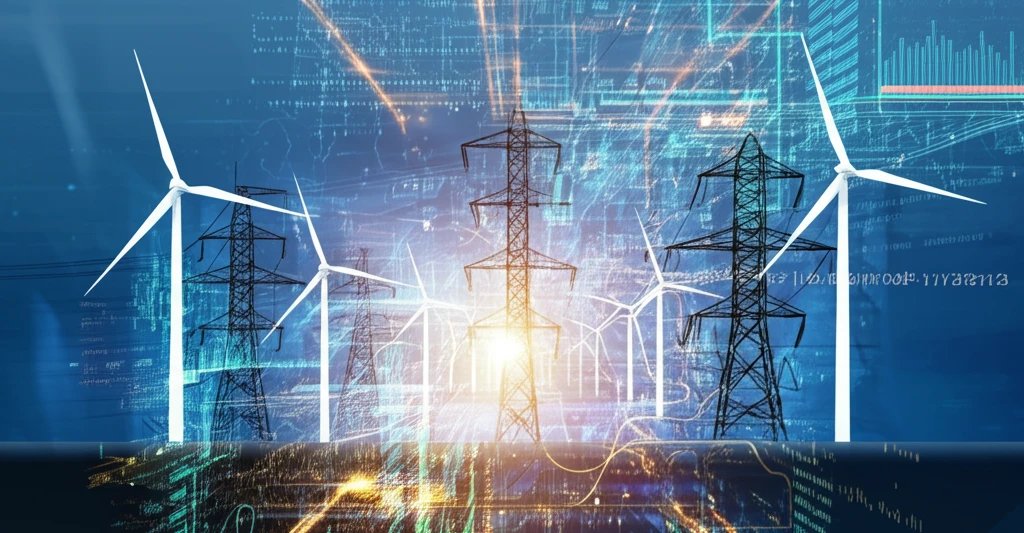
Smarter Power Grids: How Advanced Tech Can Keep the Lights On and Reduce Your Carbon Footprint
"Discover how a new, high-efficiency model for power system unit commitment is paving the way for more reliable and sustainable energy planning."
Our power grids are facing unprecedented challenges. The rise of renewable energy sources like solar and wind, while crucial for combating climate change, introduces significant variability and uncertainty into the system. This complexity necessitates incorporating detailed power system operation models into long-term planning studies.
Traditionally, the classic short-term operation model, known as network-constrained unit commitment (NCUC), has been the go-to solution. However, NCUC involves numerous binary variables, creating computational hurdles when applied to long-term planning optimizations. In essence, it becomes too complex to handle the scale of modern energy demands and renewable integration.
To address these challenges, a high-efficiency and simplified NCUC model is essential to incorporate operational flexibility into power system planning studies. This article explores a linearized NCUC formulation that balances high calculation performance with minor approximation errors compared to the full NCUC model. This innovative approach combines dispatch-only (DO) operation and clustered unit commitment (CUC) models, introducing linking constraints to ensure both transmission security and efficient resource allocation.
Understanding the High-Efficiency NCUC Model: A Game Changer for Power Systems?

The proposed model represents a significant advancement by merging the strengths of two existing approaches: dispatch-only (DO) and clustered unit commitment (CUC). DO models simplify the problem by eliminating binary variables, making them computationally efficient but sacrificing accuracy in representing the on-off status of generators. CUC models, on the other hand, aggregate generation units into clusters, reducing the number of variables and improving computational speed while still capturing essential operational flexibility limits.
- Dispatch-Only (DO) Models: These models prioritize computational speed by simplifying unit commitment decisions. They are suitable for long-term planning but may lack accuracy in representing operational constraints.
- Clustered Unit Commitment (CUC) Models: These models improve computational efficiency by grouping similar generation units into clusters, capturing essential operational flexibility limits.
- Network-Constrained Clustered Unit Commitment (NC-CUC): This combines the DO and CUC models with linking constraints, ensuring both transmission security and efficient resource allocation.
The Future of Power System Planning
The research presented in the original article underscores the importance of incorporating detailed operational models into long-term power system planning. The proposed NC-CUC and NC-RCUC models offer a promising approach to balance computational efficiency with accuracy, paving the way for more reliable, sustainable, and cost-effective energy systems. As renewable energy penetration continues to increase, these advancements will be crucial in ensuring a stable and resilient power grid for the future.
